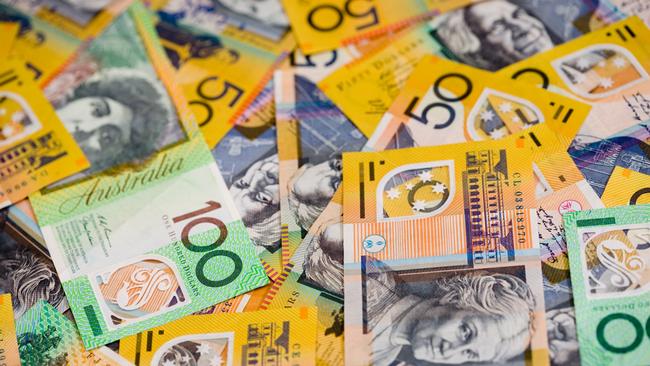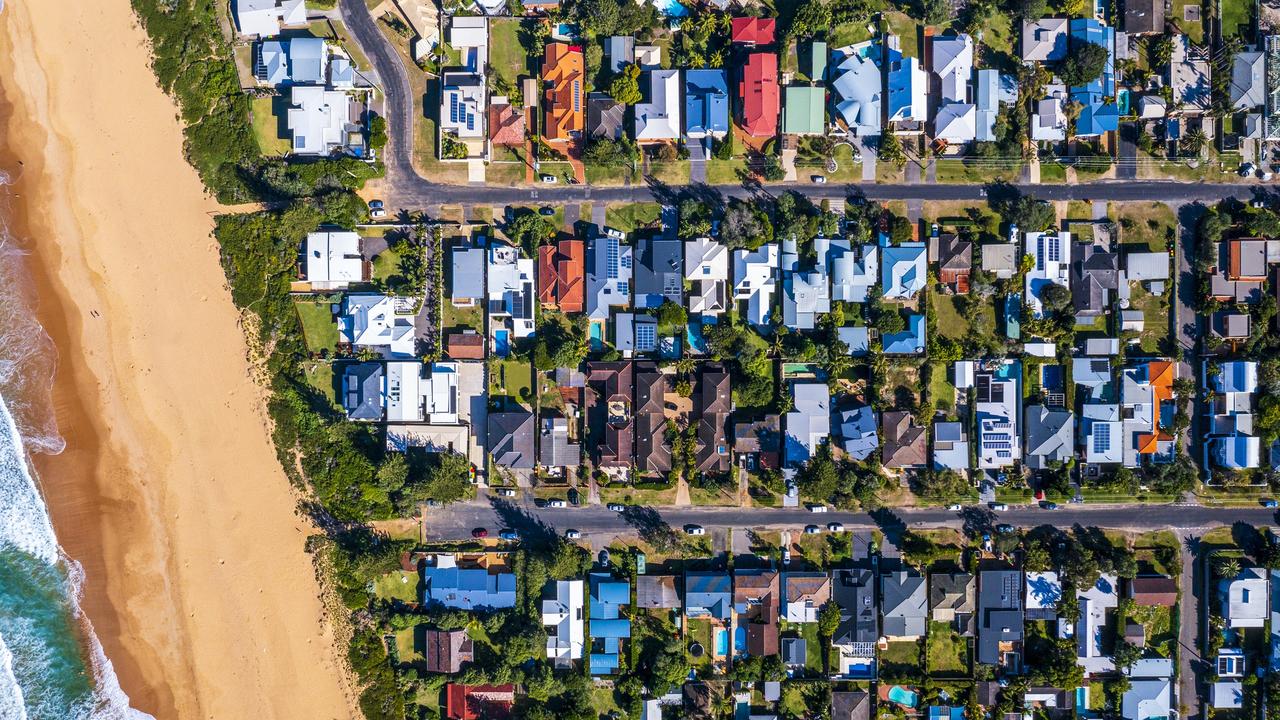How the falling Australian dollar rate could impact your mortgage
Homeowners will have their eyes peeled on today’s RBA cash rate decision but there’s another figure that could seriously impact the viability of your home loan.

Interest Rates
Don't miss out on the headlines from Interest Rates. Followed categories will be added to My News.
While the Reserve Bank of Australia is expected to hold cash rates at record lows until late 2023, potentially 2024, there’s another number homeowners and mortgage payers should keep a close eye on.
The falling Australian dollar could be another concern plaguing mortgage payers, especially due to its impact on inflation (the increasing cost of goods and services). This is because a weaker Australian dollar means we have to pay more on imported goods, meaning the cost of everyday items would also increase, or become inflated.
This in turn would also sway the RBA to increase the cash rate, also known as the official interest rate, above 01. per cent, despite what they’ve stated.
Should the RBA do that, it’s almost certain that the major banks would follow, passing the increased cost to mortgage payers.

Despite this, it’s worth noting forecasters are already expecting banks to begin increasing their fixed home loan rates, with Westpac, CBA, NAB and ANZ among the many lenders who have done so. The move has also boosted fears the trend may continue to impact their variable interest rates.
However, this may also be seen as an attempt for banks to persuade consumers to avoid locking in a cheaper fixed rate for the next three to five years, especially given predictions interests rates will almost definitely rise again.
So, why is the Australian dollar falling?
Compared to the US dollar - which our dollar value is always relative to - the Aussie dollar has been declining. On January 1, 2021, one Australian dollar equalled 76 US cents and today, it buys 70 US cents. While it’s currently dipped to the lowest figure its recorded this year, it’s also worth noting it hasn’t been able to rise above the 80 cents mark this year.
So, why is this the case?
Writing for news.com.au in November, Chief Strategist at the MB Fund and MB Super, David Llewellyn-Smith, says there are three key factors which affect the activity of the Australian dollar: Terms of trade (ToT), interest rates in relation to other countries (especially the US) and the value of the US dollar.

Mr Llewellyn-Smith puts a sluggish Aussie dollar to a stronger US market and our weakening exports with China - one of Australia’s biggest trading partners.
“The ToT has now rolled over as China slows trade,” he writes. “Iron ore, the two coals plus LNG will fall heavily in 2022 unless we see more Chinese stimulus, which it appears loath to undertake.”
An American economy that is ‘booming out of Covid’ (compared to other developed markets) is another component, writes Mr Llewellyn-Smith.
“Inflation is much stronger in the US. Unemployment is lower and wages growth is much stronger,” he said.
“There is no end in sight to this American advantage as the Biden administration passes another large fiscal stimulus to begin next year and boost growth for the next five or six years.”
Is Australia’s inflation likely to increase?
This is difficult to say. According to the latest Consumer Price Index from the Australian Bureau of Statistics, inflation is growing at its highest rate since September 2015.
However, this doesn’t directly correlate to an increase in rising prices - in fact, most economists are predicting the opposite.
Writing for The Conversation, Visiting Fellow at the Crawford School of Public Policy (Australian National University), Peter Martin said him and his peers don’t see this happening.
“32 of the 55 top economists surveyed by the Economic Society of Australia rejected the proposition that the current combination of Australian fiscal and monetary policy posed ‘a serious risk of prolonged above-target inflation,’” he said.
“Only 12 supported it. When weighted by the confidence of respondents expressed on a scale of 1-10, backing for the proposition shrank from 22 per cent to 20 per cent.”
Despite this, when it came to when Australians can expect a rate hike from RBA, economists were most confident of an increase in 2023.
Out of the 52 analysts surveyed, 15 backed a rate increase in 2022, 10 expected a delay until 2024, with the remaining 27 predicting an increase in 2023.
Originally published as How the falling Australian dollar rate could impact your mortgage





